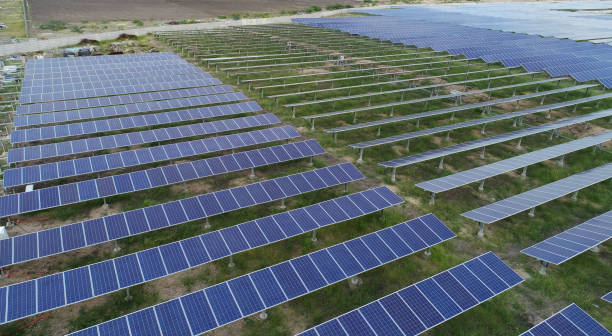
India still has many power outages, and over 4000 villages are still without electricity. India was supposed to reach 100 percent electrification of its villages by May 2018, but that did not happen. The cities are better off, but the figures overall still disappoint. The country needs to explore other power sources to bring light to rural areas.
Reduce India’s power crisis
The answer to India’s problems with energy is solar energy. Installing residential solar panels in India’s rural areas, where 60 percent of the population lives, could be a quick and practical solution to the energy crisis. Solar panels can be installed off-grid, on a mini-grid for homes. This can bring electricity to rural areas that still need to be electrified.
Reduce the power crisis India’s power crisis.
Since 2013, rooftop solar installations have grown steadily from 72 MW to 227 MW. This growth is due to policies and schemes offering custom duty concessions, tax holidays, and reduced excise duties. However, more must be done to encourage the local manufacture of solar panels in India. India relies heavily on China to supply the photo-voltaic panels that are used to make solar panels. By 2030, India must import solar equipment worth $42 billion, or 100 GW.
Despite this situation, solar panel installation is progressing in states like Gujarat, Maharashtra, and Tamil Nadu.
The government has paid much attention to residential solar panel installation. Foreign investment commitments for 1.5 billion dollars, net-metering options in 30 of 36 states and union territories, and a 30 percent subsidy for residential and non-profit institution investors have been made. The residential rooftop solar industry has grown, as have solar companies.
Solar Generators vs. Diesel Generators to Help Reduce India’s Power Crisis
Recent studies show that solar panels generate electricity at a lower cost than diesel generators. Diesel generators have become the norm in areas of the country with poor grid connectivity or no grid. The Centre for Science and Environment has conducted studies that show diesel generators can cost up to 15-20 units per unit of electricity, while rooftop solar energy only costs INR 5-6. Solar panels are the winner in the study conducted on Delhi, Haryana, and Rajasthan residential installations.
India could electrify much more quickly and solve its energy crisis if several long-standing NGO proposals were implemented, such as making rooftop solar installations compulsory for residential societies and banning diesel generators because they are expensive and polluting. Solar panel prices will fall as a result of increased production and the expansion of consumer markets for solar panels.
The Solar Future looks Bright.
The Centre for Science and Environment has developed a website with a solar calculator to help people calculate their energy costs when switching to solar. These developments and those mentioned above should leave little doubt as to whether solar energy will solve India’s energy issues and fill the energy gap.
